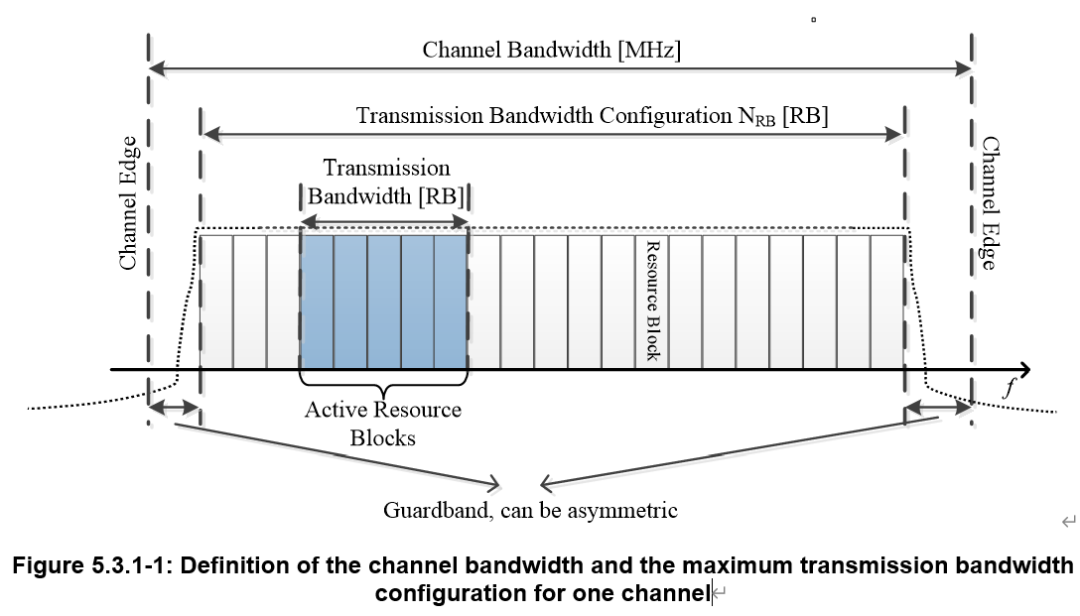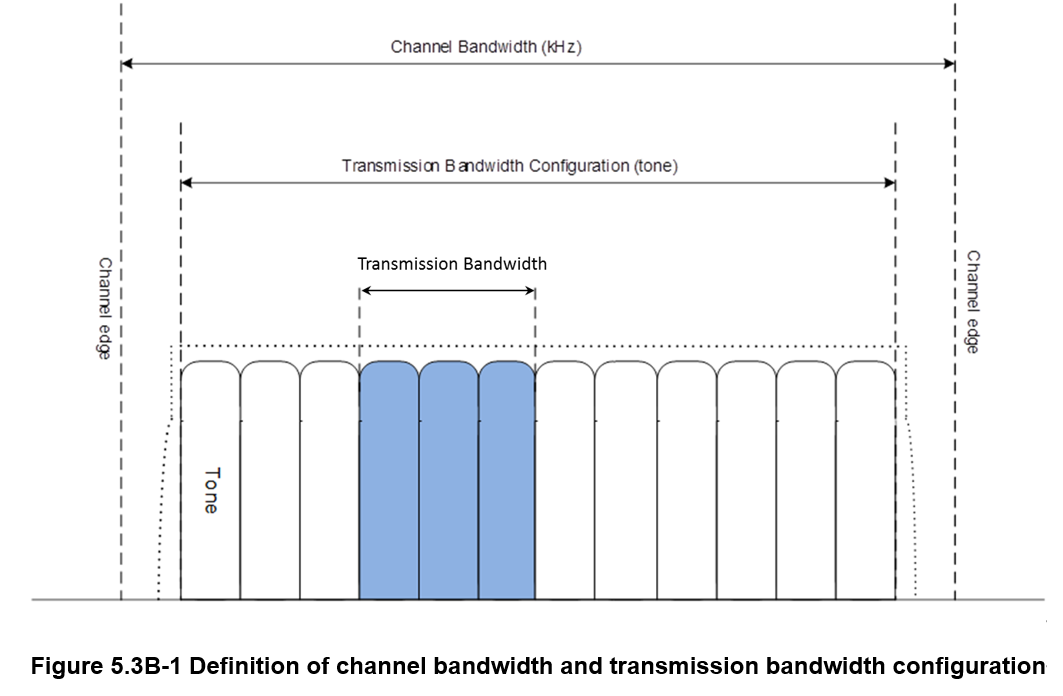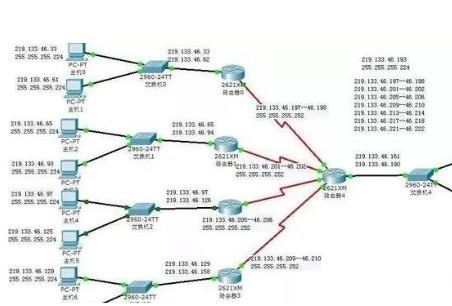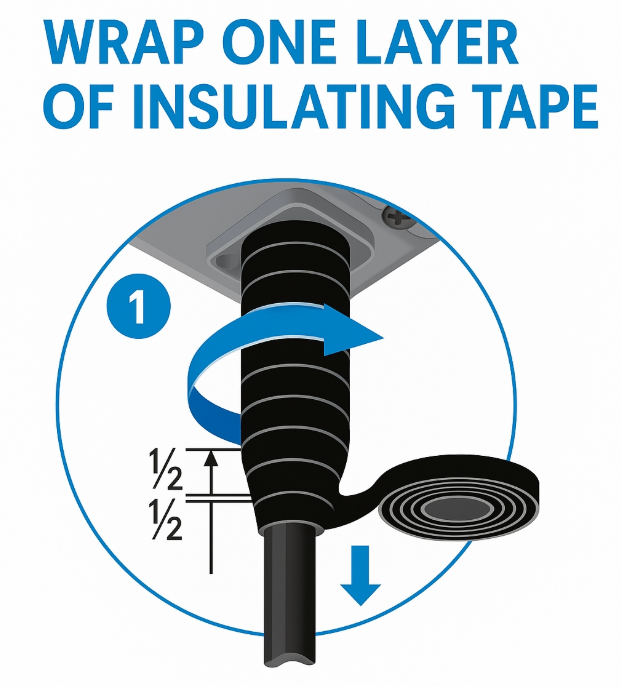01
NTN satellite bands
Whether IoT NTN or NR NTN, the satellite frequency bands assigned for SAN (satellite access node) or UE in 3GPP are currently the same, namely:
band 256: UL: 1980 MHz - 2010 MHz; DL: 2170 MHz - 2200 MHz;
band 255: UL: 1626.5 MHz - 1660.5 MHz; DL: 1525 MHz - 1559 MHz;The frequency ranges specified for satellite access systems in 3GPP NTN fall within the L (255) and S (256) bands; more precisely, they are subsets of the L and S bands used for mobile satellite services. Satellite band numbers are assigned starting from 256 and decreasing; currently there are bands 256 and 255, and there may be 254 in the future. Note that in LTE the band numbers are 256 and 255, as shown below:

In NR, the band numbers are n256 and n255; from n257 upward those are the 5G millimeter-wave FR2 band numbers.

Next, consider the TX - RX carrier centre frequency separation between uplink and downlink. Interestingly, in band 256 the downlink (DL) frequency is higher than the uplink (UL). This matches common FDD assignments for terrestrial cellular base stations and UEs, where lower-loss lower-frequency bands are typically assigned to uplink to save terminal battery power. Satellite communications often differ: satellite access nodes or space stations are removed from stable terrestrial power and power efficiency is also important, while satellite terminals that are ground stations often have a power supply; therefore uplink (ground-to-space) may use higher frequencies than downlink (space-to-ground). Refer to the FCC satellite communications frequency allocations Part 25.202. In 3GPP band 255 the downlink (DL) frequency is lower than the uplink (UL) by 101.5 MHz.
band 256: DL - UL = 190 MHz;
band 255: DL - UL = -101.5 MHz;In IoT NTN, UEs are divided into the following categories:
UE category M1: Cat-M1 can operate in half-duplex HD-FDD mode and full-duplex FD-FDD mode;
UE category NB1 & NB2: operate in half-duplex HD-FDD mode;Terminology:
HD-FDD: half-duplex FDD. LTE was originally designed for full-duplex operation, i.e., FD (full duplex) FDD, because full-duplex is easier to operate. However, as IoT/M2M/MTC over LTE became popular, FDD half-duplex reemerged. These applications do not require high throughput but require extremely low power consumption. Using half-duplex, UE can turn off transmitter or receiver when not in use to reduce power consumption.02
Bandwidth
Bandwidth definitions are the same as for terrestrial cellular networks. The following illustrates the relationship between channel bandwidth, transmission bandwidth configuration, and RBs:
Channel Bandwidth: the bandwidth including channel edges and guard bands;
transmission bandwidth configuration: the maximum configurable bandwidth based on RBs;
For IoT NTN category M1 satellite UEs and satellite access nodes, the channel bandwidth and NRB configuration are:
Channel bandwidth BWChannel = 1.4 MHz;
Transmission bandwidth configuration NRB = 6;For IoT NTN category NB1 and NB2 satellite UEs and satellite access nodes, the bandwidth and NRB configurations are:
Channel bandwidth BWChannel = 200 kHz;
Transmission bandwidth configuration NRB = 1;
Transmission bandwidth configuration Ntone 15 kHz = 12;
Transmission bandwidth configuration Ntone 3.75 kHz = 48;Ntone can be 15 kHz or a smaller 3.75 kHz resource unit, as shown below:

For NR NTN SAN and UE, the channel bandwidth under different bands and SCS values is shown below:

The maximum transmission bandwidth configuration and the minimum guardband for different channel bandwidths and SCS values are shown in the two tables below:


 ALLPCB
ALLPCB







